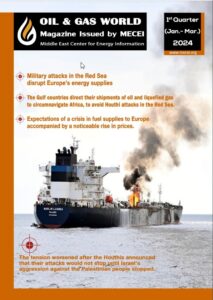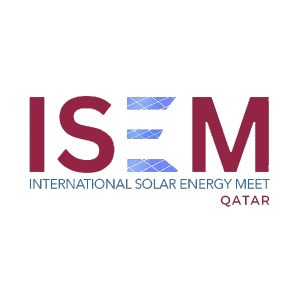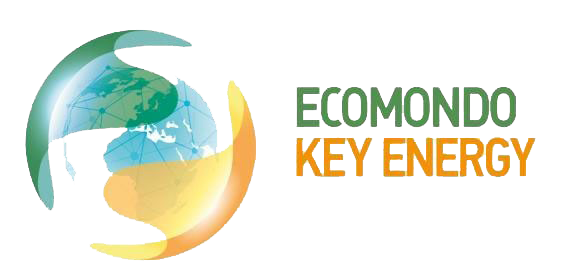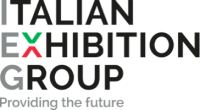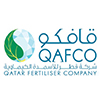- ASRY Awarded 2024 RoSPA Gold Medal in Health and Safety
- BP ponders shifting focus away from renewables, say sources
- QatarEnergy enters 10-year naphtha supply agreement with Japan’s ENEOS Corporation
- The International Energy Agency expects oil demand growth to slow in 2024
- The International Monetary Fund re-selects Kristalina Georgieva as its director
- Libya to target producing 1.4 million b/d by end 2024
- TotalEnergies launches the Marsa LNG project and deploys it multi-energy strategy in Oman
- H.E. Minister Al-Kaabi: Demand for oil and gas will continue for long; we have to be responsible, and Qatar is doing its part
- Egypt to stop exporting LNG starting from the beginning of May 2024
- QatarEnergy selects Nakilat to own and operate 25 conventional LNG vessels

Sultanate of Oman inaugurates 13 projects with investments of $9 billion

Within the “Oman Vision 2040”, which aims to expand energy projects focusing on oil and gas, the Sultanate of Oman has developed a comprehensive strategic plan to diversify sources of income and to attract investments.
In this context, the Oman Investment Authority announced the launch of 13 projects through its subsidiaries, coinciding with the Sultanate of Oman’s celebrations of the 51st National Day, with investments estimated at 3.5 billion Omani riyals ($9.09 billion). The projects are distributed across a range of sectors, led by energy, logistics, food security, manufacturing, mining, health services and tourism.
The deputy head of the Omani Investment Authority for Operations, Nasser bin Sulaiman Al-Harthy, says that the projects embody the strategy and objectives of the Omani Investment Authority, which are in line with the Oman 2040 future vision, and enhance efforts aimed at economic diversification of the Sultanate, attracting investments, as well as supporting the private sector through partnership with it; which results in more job opportunities for citizens, and the achievement of financial sustainability.
Al-Harthy explained that the projects are distributed over a number of governorates, and give an important indication of the return of the economy of the Sultanate of Oman to recovery after the Corona pandemic, and confirm the rapid growth that it is witnessing in various fields.
The Sohar Port Complex project is at the forefront of manufacturing and energy projects, as the Liwa Plastic Industries Complex was opened in Sohar Port, which employs the latest industrial technologies. The complex consists of an LNG recovery plant, a steam cracking unit, and polymer plants to meet the needs of the growing demand in the global market.
In Salalah, the liquefied oil gas project aims to achieve an added value from Omani gas, by converting it to LPG products. The project team has successfully produced and exported 3 commercial shipments to date of propane, butane and condensates, while successfully continuing to load LPG tankers to respond to local demands.
As for the petroleum coke facility project in the Sohar Free Zone, its production capacity reaches 500,000 tons per year, which can be increased in later stages. The project will also produce 24 megawatts of electricity as a by-product, as it will contribute to the supply chains of the aluminium and petrochemical sectors, and increase integration to achieve local added value.
In conjunction with the Sultanate’s plans to expand renewable energy projects, which aims to generate 20% of electricity from renewable sources by 2027, the Ibri solar power plant project was launched to encourage the use of renewable energy to meet the demand for electricity.
In the context of diversifying the sources of the economy, the Karwa Bus Factory, which was established in partnership between the Sultanate of Oman and Qatar, is working to localize the latest technologies for the manufacture and assembly of buses.
The Sultanate had recently inaugurated the first bus of its production in partnership with the State of Qatar, in a project whose first phases target the manufacture of buses for the 2022 World Cup.
The new bus bears the brand “Salam” and the phrase “Made in the Sultanate of Oman”. In the first phase, the company will manufacture 3 types of buses, which are upgraded school buses, intercity buses, and city transport buses with Gulf standard specifications. The project is expected to help build technical knowledge in the automotive sector, and contribute to the development of a group of primary industries that feed the automotive industry in the Sultanate.


